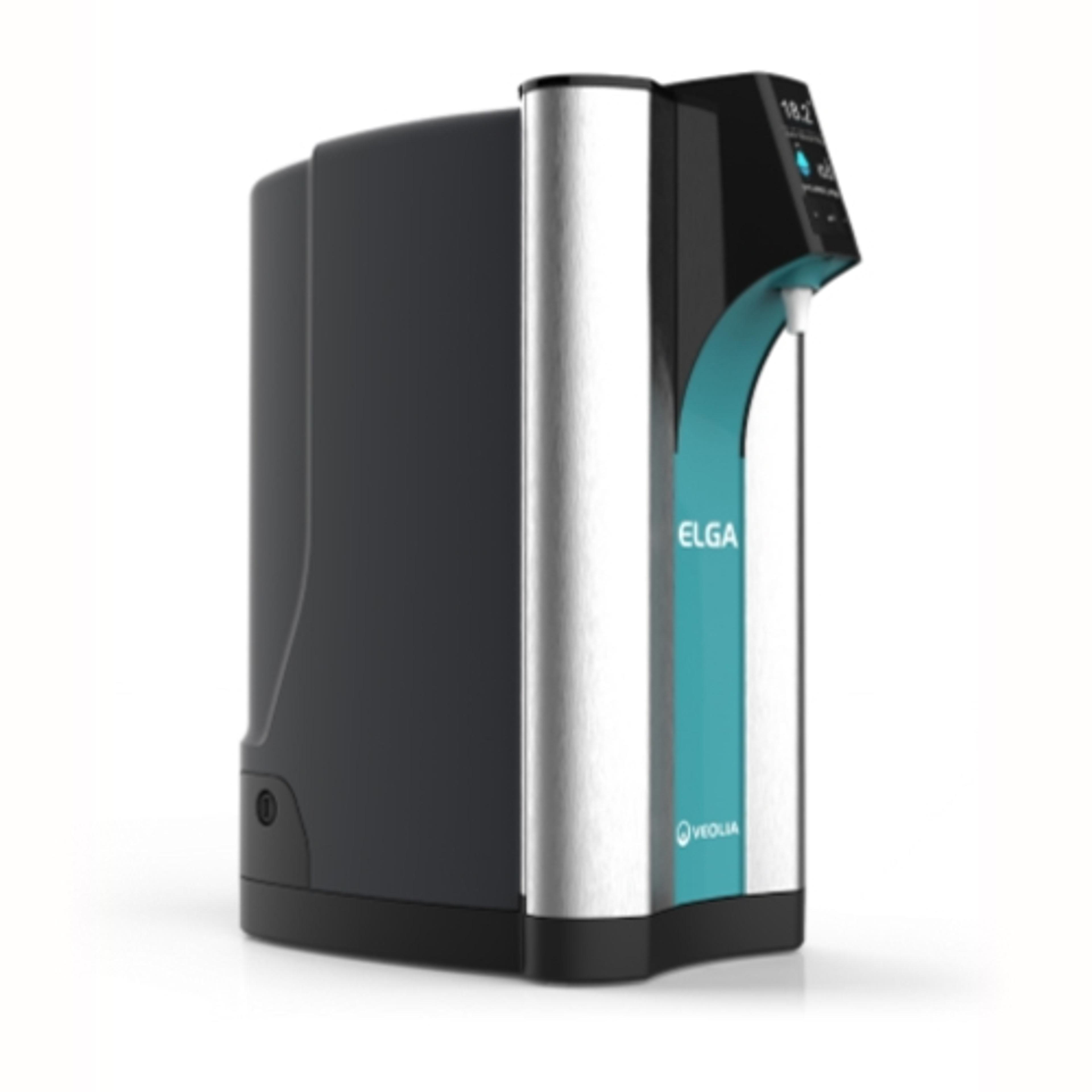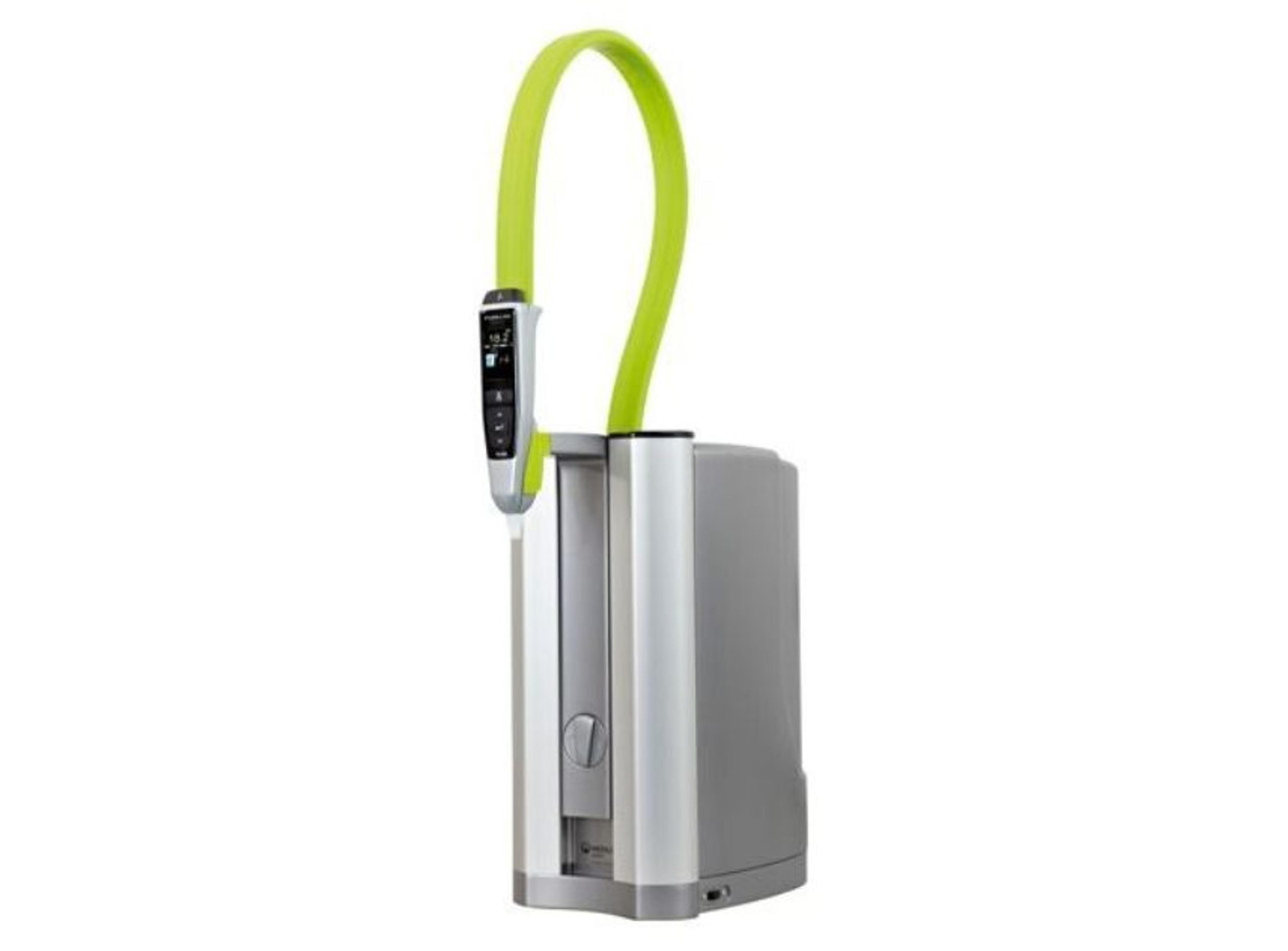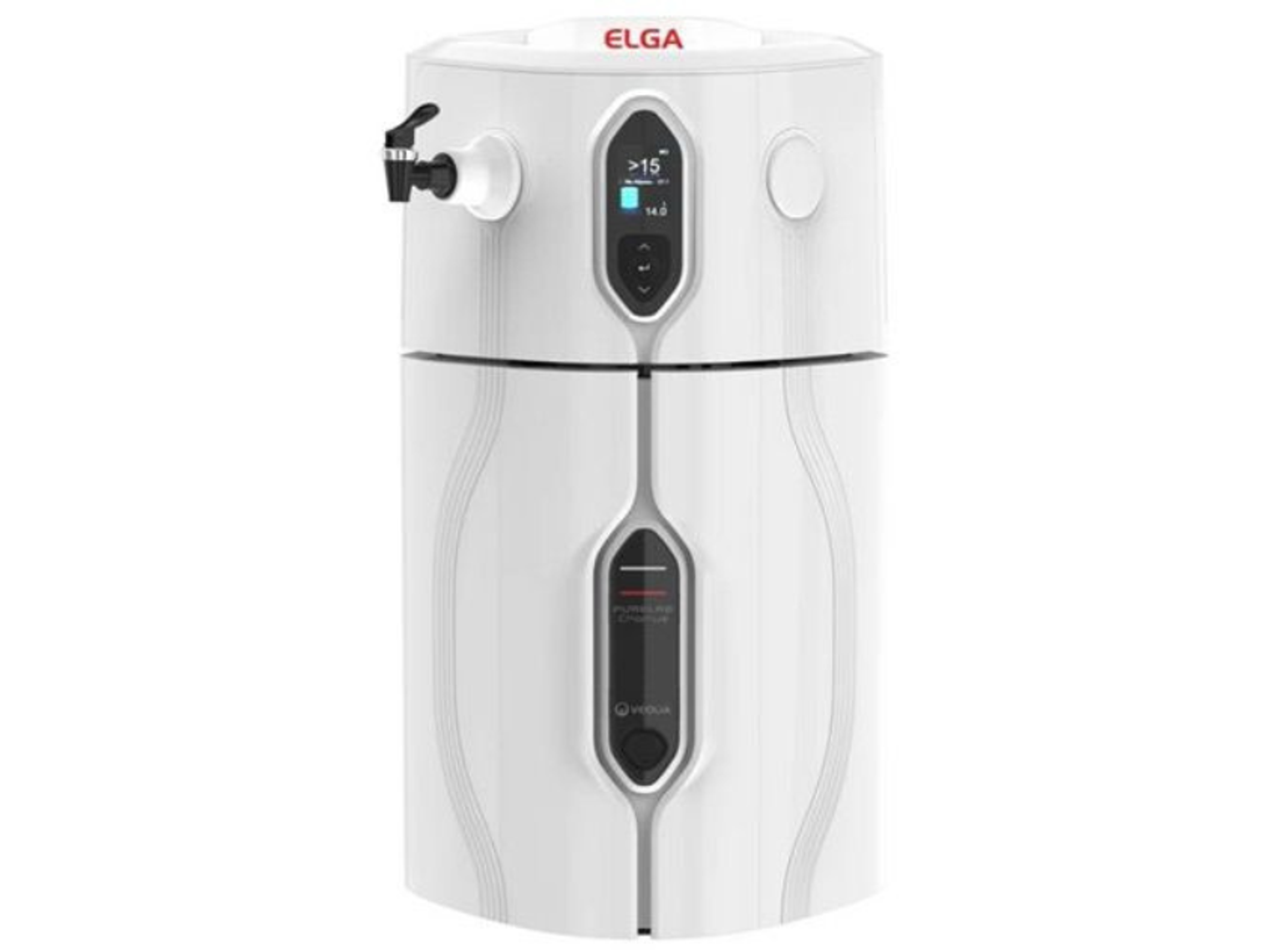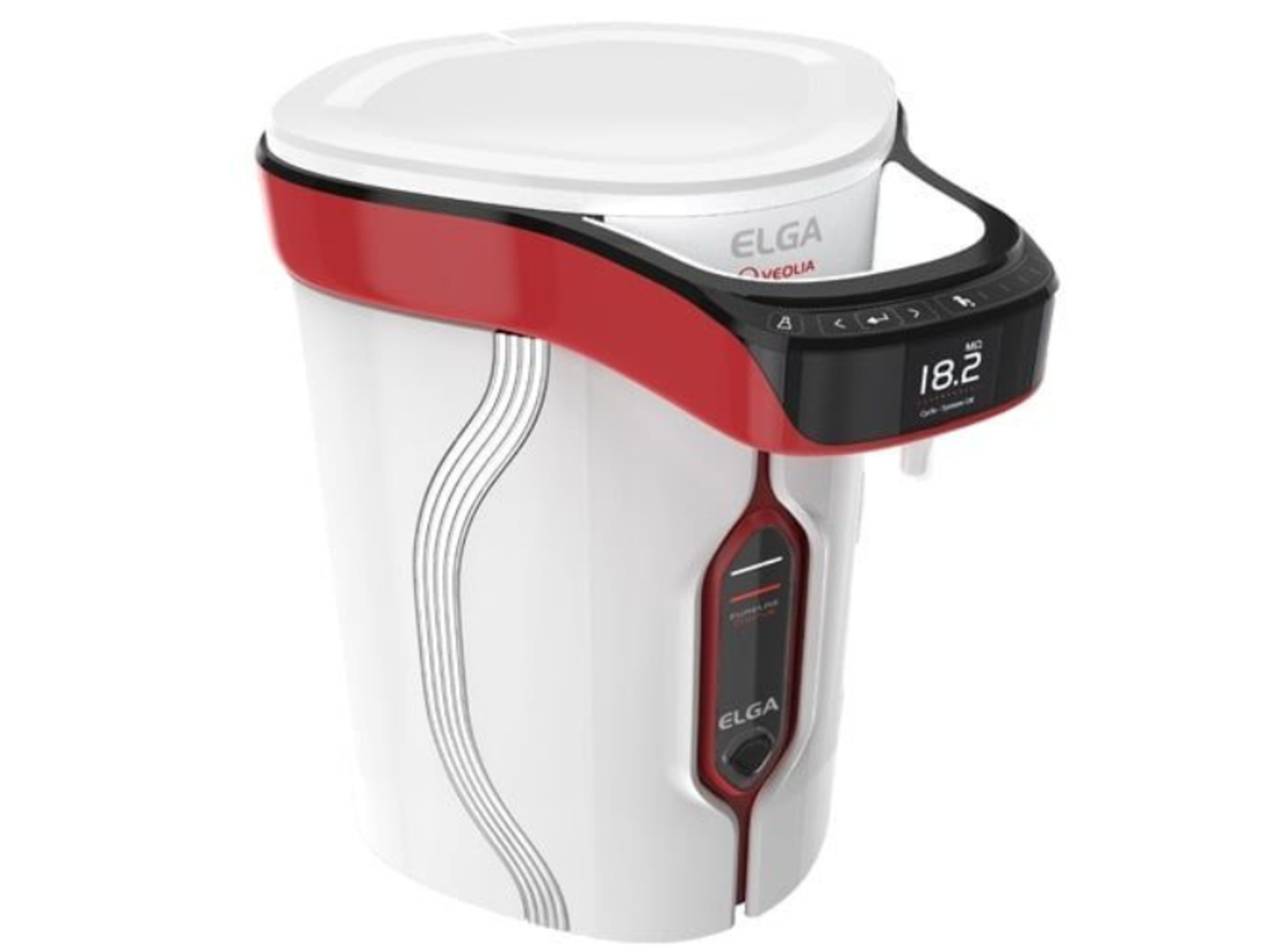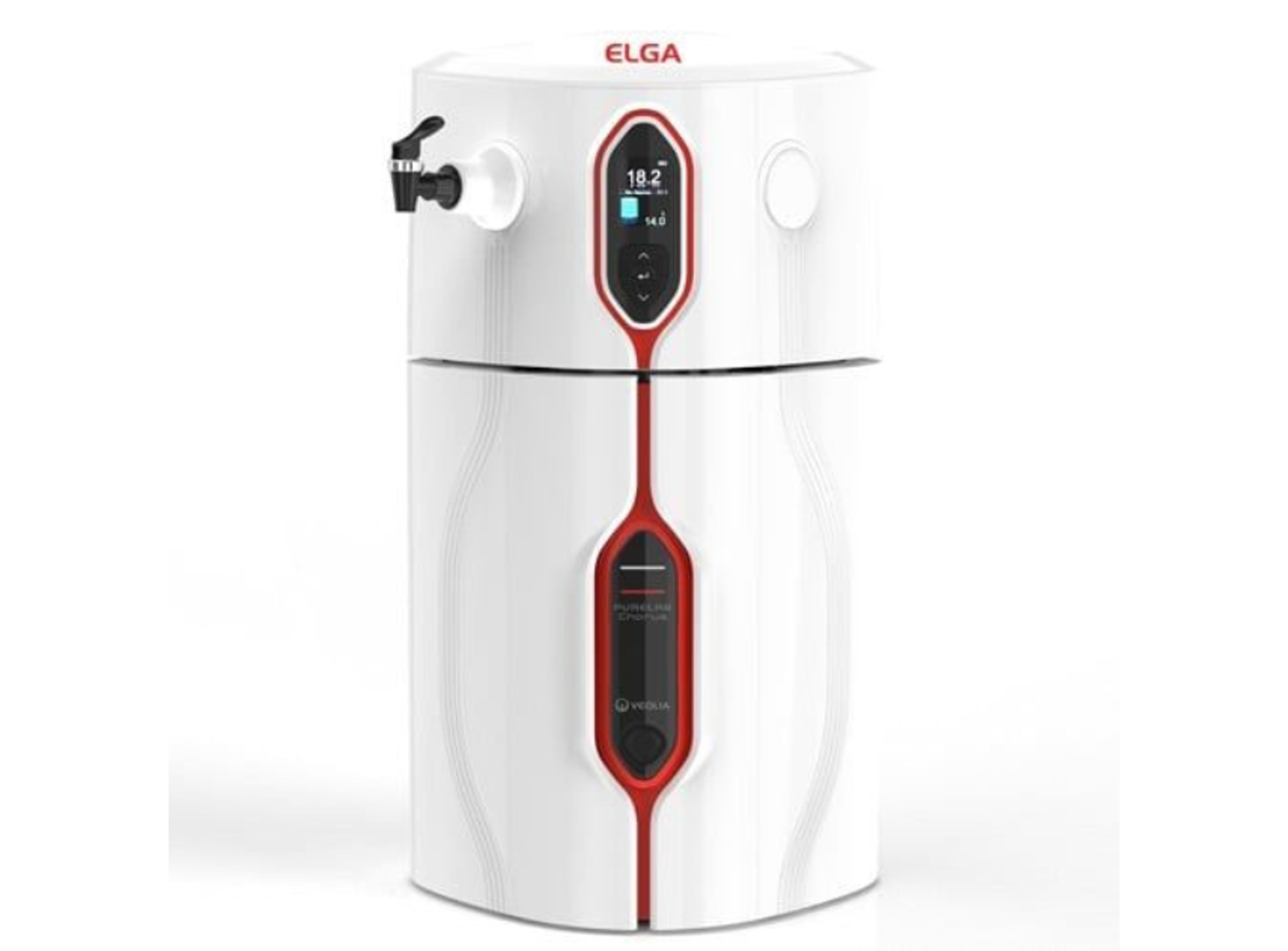Are point-of-use filters really necessary for nuclease removal?
Undetectable levels of DNase and RNase in purified water
14 Jun 2020
The presence of DNase and RNase enzymes in laboratory water can be a major problem, particularly for biochemical applications such as genetic analysis. The introduction of point-of-use (POU) filters is often used to allay fears of potential analytical issues resulting from biologically active impurities in water. However, these filters may also have a negative impact on water quality and come at a cost, financially, environmentally and in terms of maintenance requirements. The use of upstream technologies – such as reverse osmosis, irradiation with ultraviolet light and ion exchange media – provides customers with optional additional treatment devices to remove or inactivate DNase and RNase.
Why is the DNase and RNase content of laboratory water important?
DNA and RNA are found in every living cell and are widely studied for a range of biological applications. Live cells use DNase and RNase to catalyze the cleavage of nucleic acid polymers in a variety of cellular functions. The ubiquitous presence of these enzymes is a particular concern in areas such as genetic analysis, where a small amount of a ‘template’ nucleic acid may be amplified to generate a much larger quantity for characterization. Enzymatic activity may damage the template material. This damage will then be replicated during the amplification process, making characterization difficult, or even impossible, and the experimental results meaningless. It is therefore essential to avoid introducing nuclease contamination during the experimental procedure.
Safeguarding against contamination
Laboratory water is one potential source of nuclease contamination, which manufacturers of water purification equipment have sought to guard against by introducing additional filters at the point of use. The disadvantages of this approach include the extra running costs and a potential reduction in the organic, inorganic and microbiological purity of the water. A further complication is that POU filters may give rise to bodies of stagnant water after monitoring and other purification technologies. They are vulnerable to back-contamination by users, a potential site for bacterial proliferation and a weak point in purification system design.
Well-designed equipment using the correct purification technologies can remove or inactivate DNase and RNase in laboratory water without the need for a POU treatment device. The combination of reverse osmosis (RO), ultraviolet (UV) light and ion exchange processes can remove all types of organic molecules from laboratory water.
DNase and RNase are large, protein-based organic molecules in the region of 30,000 and 15,000 Da respectively, which can be filtered out of the feed water using an RO membrane. Typically, an RO membrane has a molecular weight cut-off (MWCO) of <300 Da. As this is an order of magnitude lower than a conventional POU ultra-filter, DNase and RNase can be rejected with even more confidence. High energy UV light – typically 185/254 nm – is used to limit microbiological activity and hence nuclease generation post RO. Moreover, this treatment oxidizes and breaks down DNase and RNase molecules. Charged sites are added and the resulting fragments are retained very efficiently on an ion exchange resin.
Systems that combine RO, UV light and ion exchange processes can deliver water meeting the tight enzyme purity specifications of modern laboratory water purifiers, and simultaneously control bacterial levels – typically at a level of <1 CFU/ml. At the same time, recirculation of the end-product water through the purification cycle eliminates the potential for recontamination via the stagnant post-treatment device, or release of impurities from parts within a simple recirculation system.
In-house testing at ELGA has demonstrated the suitability of this approach to nuclease inactivation/removal using its standard parts and flow rates. A 1,000 pg/ml solution of RNase in
deionized water, passed through a UV oxidation cell fitted with a dual-wavelength (185/254 nm) UV lamp at a rate of 1 liter/min, generated water containing <2 pg/ml RNase – below the 5 pg/ml detection limit of most standard methods. UV light has also been used in combination with ion exchange media at the same flow rate to reduce 1,000,000 pg/ml solutions of DNase and RNase to concentrations of <5 and <2 pg/ml respectively – the limits of detection in this study.The above, artificial challenge work was conducted to highlight the capabilities of the purification technologies, using nuclease concentrations orders of magnitude higher than can be expected in reality. A variety of work has also been carried out to demonstrate water purification products achieving specifications (without point-of-use filtration).
Conclusion
The use of additional point-of-use filters for DNase and RNase removal has been shown to be unnecessary; It has potential to be detrimental to final water purity, and is against the Clinical and Laboratory Standards Institute (CLSI) guidance, which specifies that monitoring should be done after all purification technologies to ensure the quality of the water at the point of use. By carefully selecting a well-designed water purification system, laboratories may choose to forego the use of post-purification filters to help reduce their total cost of ownership and environmental impact. ELGA acknowledges that some customers require POU filters for other reasons (for microbiological control, for example) and would continue to recommend their use for these purposes.
Do you use Elga LabWater products in your lab? Write a review today for your chance to win a $400 Amazon gift card>>

